I first heard of Moses Shapira in graduate school at the University of Chicago the summer of 1976. I remember the specific time as I was preparing for my Ph.D. exams, which included reading selections of the Dead Sea Scrolls in manuscript form. Fortunately, David Wilmot—who was a brilliant up-and-coming Scrolls scholar—had agreed to guide me through some of these original texts in manuscript form so I could get used to reading the ancient scripts. Wilmot was a legend, his specialty was the mysteriously cryptic Copper Scroll.
I recall that Wilmot and I were discussing the fact that two major copies of the so-called Damascus Document, dating to medieval times, had been discovered in in Egypt in 1896 in the old Cairo synagogue genizah—a storeroom for discarded manuscripts. They were published by Solomon Schechter in 1910, who had no idea what they were, under the title Fragments of a Zadokite Work. It was only with the sensational discovery of the Dead Sea Scrolls fifty years later, in caves around the ancient site of Qumran, that scholars found other fragments of this work and realized that these Medieval copies of the Damascus Document dated to the first century BCE.
I asked Wilmot if any other Dead Sea Scrolls had ever turned up anywhere before their discovery in 1947-1952. He told me there were accounts of such manuscripts being discovered in caves around Jericho in the third century AD, and later again in the ninth century CE, but no copies had survived. He then paused and added, “Of course, there was also the notorious case of Shapira—a Jerusalem antiquities dealer back in the 1880s. He claimed that he had purchased a scroll from Bedouin, who said they found it in a cave on the east side of the Dead Sea. Shapira tried to sell it to get rich but it turned out to be a forgery and Shapira, thoroughly exposed and shamed, put a bullet in his head.
Shapira the Forger. That label and Wilmot’s brief description stuck with me for the next 45 years!
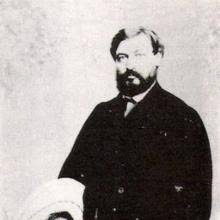
Over the next decades, whenever the name Shapira came up in academic circles, this basic story line was repeated and assumed. I never even gave it a second thought, nor was I curious enough to even find out about the purported contents of this infamous Shapira forgery. I remember many years later Biblical Archaeology Review ran an article by Rabbi Fred Reiner, that laid out the details of the Shapira story under the heading “Tracking the Shapira Case: A Bible Scandal Revisited,” but frankly, I did not pay much attention to it. That was 1997—and by that time I had been teaching for twenty years—including regular courses on the Dead Sea Scrolls. In fact, in the 1990s, I was even involved in the release of the unpublished scrolls and had participated in three separate excavations at Qumran. In 2002 Hershel Shanks rehearsed the story again under the provocatively simple title, “Fakes!” in Archaeology Odyssey. End of story.
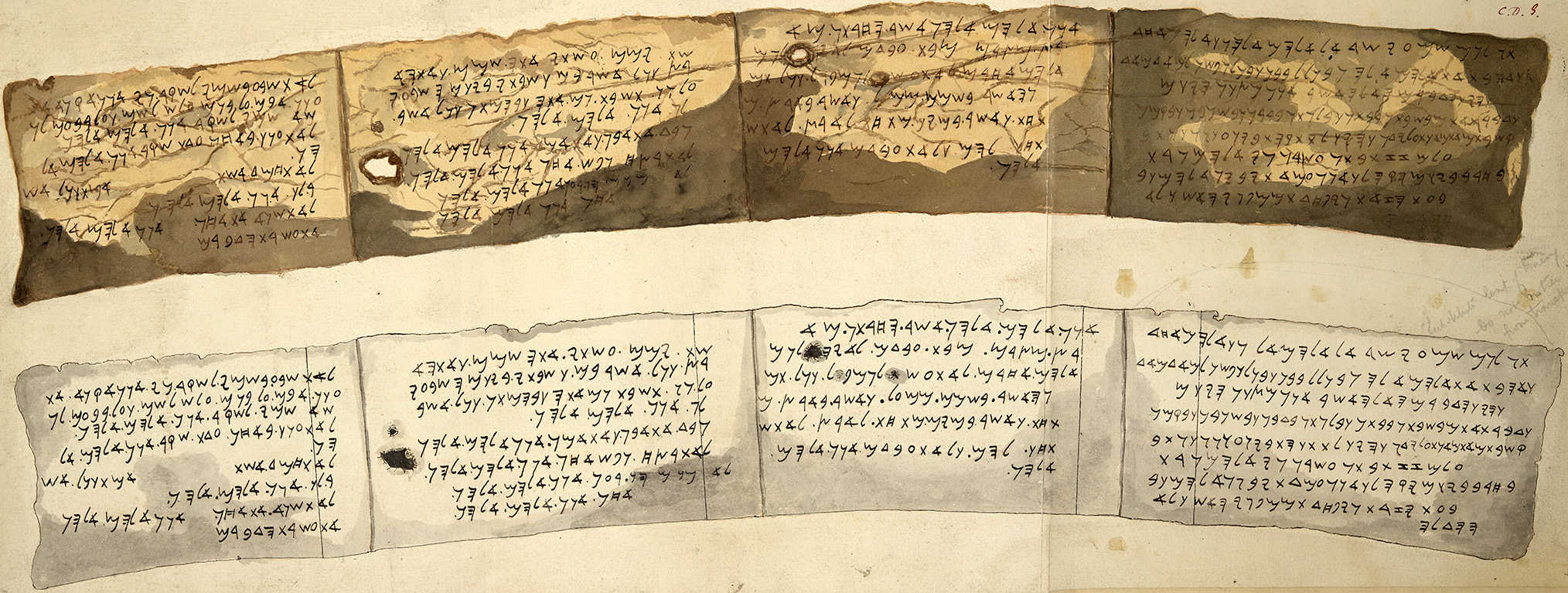
All that changed dramatically for me in November 2019. Shimon Gibson and I were flying back from the annual “Bethsaida” conference at the University of Nebraska at Omaha where we had presented papers. We are colleagues at the University of North Carolina at Charlotte and we have been excavating together in Jerusalem on Mt Zion since 2004. Shimon is a seasoned archaeologist, with extensive experience in digs in the Holy Land over a range of ancient periods, but he just happens to have another area of expertise. He has studied and published extensively on the history of the exploration of the Holy Land in the nineteenth century—see the bibliography at the end of this book. Anyway, we got seats next to one another on the flight home so we could talk and debrief one another about the conference we had just attended and our future excavation plans. Somehow, the name Moses Shapira came up, as we were talking about the possibility that further Dead Sea Scrolls might still be found. I was completely surprised to learn that Shimon had become quite a “Shapiraologist,” as he put it, in the course of his work on the archives of the Palestine Exploration Fund offices in London. He had collected thick files of materials on Shapira and commented that many of the reported facts of the story were inaccurate.
The sin of believing in a false document is not much great than disbelieving in a true one.
Moses Shapira
He then shocked me—he said he thought the Shapira forgery case needed to be reexamined in the light of the discovery of the Dead Sea Scrolls since Shapira’s manuscript might well turn out to be authentic. The problem of course, is that it disappeared not long after Shapira’s suicide, so we have little chance of examining it. We moved on to other subjects on that flight but a seed had been planted in my thinking. I wanted to know more about the whole Moses Shapira story.
As fate would have it, just about a month later I had my third “Shapira” encounter. I was doing some Google searching, totally unrelated to the subject, and I saw a notice about a book titled The Lost Book of Moses:The Hunt for the World’s Oldest Bible, by journalist Chanan Tigay, published in 2016. I was immediately intrigued. Reading the review, I realized it was about the case of Moses Shapira and Tigay’s own search for this lost scroll! I ordered the book that day, received it a few days later, and read it straight through hardly putting it down. I also alerted my friend Ross Nichols, author of this book, as I knew he would likewise be intrigued. Ross had been working on a critical study of his own of the book of Deuteronomy for the past two years—influenced as it turns out, by Chanan Tigay’s father, Jeffrey Tigay, professor at the University of Pennsylvania, who published the Jewish Publication Society Torah Commentary on Deuteronomy—which we both owned! Small world.
Ross and I were both hooked—passionately so—with Chanan Tigay’s quest for the scroll, what we began to learn of the scroll itself, and the figure of Moses Shapira. Beginning that week of December 15th, we both dove deeply into anything and everything we could find about Shapira and his “Deuteronomy” strips—as Shapira called them. Ross was particularly intrigued with the possibility that 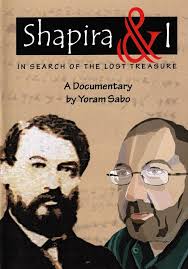 we might “recover” much of the scroll, written in paleo-Hebrew, from the notes and transcriptions that had appeared in 1883—along with Shapira’s extensive comments in his personal correspondence. By February 2020 Ross had decided he wanted to write a “small book” on the subject, not just on the scroll itself to the extent it could be recovered and compared with our own version of Deuteronomy—but the entire Shapira saga. Little could he have imagined in those early weeks how much would unfold over the ensuing months. We traveled to Israel together in late February, 2020—just before Covid-19 shut the world down—to excavate at biblical Tamar (En Hatzeva) in the Negev for a week and meet with Yoram Sabo—one of the world’s greatest experts on Shapira. Sabo’s film, “Shapira and I” is a must watch for any of my readers interested in catching up on this story. Yoram also has a wonderful book on the whole subject, so far only published in Hebrew, but soon to be translated and published in English–I will keep my readers informed.
we might “recover” much of the scroll, written in paleo-Hebrew, from the notes and transcriptions that had appeared in 1883—along with Shapira’s extensive comments in his personal correspondence. By February 2020 Ross had decided he wanted to write a “small book” on the subject, not just on the scroll itself to the extent it could be recovered and compared with our own version of Deuteronomy—but the entire Shapira saga. Little could he have imagined in those early weeks how much would unfold over the ensuing months. We traveled to Israel together in late February, 2020—just before Covid-19 shut the world down—to excavate at biblical Tamar (En Hatzeva) in the Negev for a week and meet with Yoram Sabo—one of the world’s greatest experts on Shapira. Sabo’s film, “Shapira and I” is a must watch for any of my readers interested in catching up on this story. Yoram also has a wonderful book on the whole subject, so far only published in Hebrew, but soon to be translated and published in English–I will keep my readers informed.
But back to our February 2020 Israel arrival. Who did we meet at the airport? None other than James Charlesworth—just arriving in Israel on the same flight as I flew in on from Newark, NJ. A total surprise! As we greeted one another in the Ben Gurion reception area, and told Charlesworth what we were up to, mentioning Shapira, he said, out of the blue—“Well you know his scroll was authentic don’t you—it needs to be reexamined?”
There is no longer any doubt, The find was real. The fate of the precious Shapira Scrolls is a warning to us not to let negators, no matter how great their reputations, perpetuate irreparable damage.
Cyrus Gordon, Riddles in History
I was completing my own latest book, a historical study of Mary the mother of Jesus, [1]The Lost Mary: From Jewish Mother of Jesus to Virgin Mother of God (New York: Knopf, 2021).so, as intrigued as I was with the topic, I cheered Ross on heartily from the sidelines and followed the research every step of the way, contributing as I could with endless texts, emails, and extended phone calls. It has been an amazing journey of discovery and new insights.
I just finished reading Ross’s finished manuscript, The Moses Scroll, officially out today and available through Amazon internationally. What he has accomplished is commendable. I have read every book and major article or study on Shapira over the past many months and clearly The Moses Scroll represents a sea change in Shapira studies. Not only does it reveal much previously unknown about the Shapira saga itself, but for the first time we have a critical edition, with translation and notes, so much as it can be recovered, of the “Deuteronomy” fragments themselves. The book is a thrill to read—part detective and mystery—but solid historical documentation based on newly assembled sources that offer an entirely new look at both Shapira and his scrolls. I think Gibson and Charlesworth—and pioneers such as Menahem Mansoor, John Allegro, Helen Jefferson, Rabbi Fred Reiner, Shlomo Guil, Yoram Sabo, and Matthew Hamilton—are correct. In light of the discovery of the Dead Sea Scrolls Moses Shapiro and his “leather strips” deserve a new hearing in the academic world—and among the many countless thousands who follow new discoveries related to biblical studies with such passion.
It is no art to declare suspicious things wrong, but it takes courage and certain knowledge to publicly declare that what is tainted with the smell of the fake is still genuine.
Professor George Ebers to Professor Eduard Meyer, July 10, 1883
I am posting this on March 8th, a date with a double significance when it comes to the whole Shapira saga. Shapira’s bloodied dead body was found on Sunday March 9, 1884, in a hotel room in Rotterdam, Netherlands, with a gunshot wound to the head. Reports differ as to whether his body was on the bed, on the floor, or whether a gun was found. Suicide, accident, or murder? It is hard to say. Nichols shows new evidence from Shapira’s own letters during his time in Amsterdam that he was far from depressed or feeling exposed as a forger. To the contrary, he was more certain than ever that his “Deuteronomy strips,” as they were called, would be vindicated. There was no suicide note and his personal effects, including valuable manuscripts, letters, and papers, were scattered around the room. Also, precisely five years later to the day, on March 8, 1889 the recently discovered subsequent owner of the “forged” Shapira scrolls, Dr. Philip Brooks Mason, of Burton-on-Trent, England, presented them to a meeting of the Burton-on-Trent Natural History and Archaeological Society, accompanied by a lecture. He was the last owner of the scrolls, and what happened to them subsequently remains unknown.
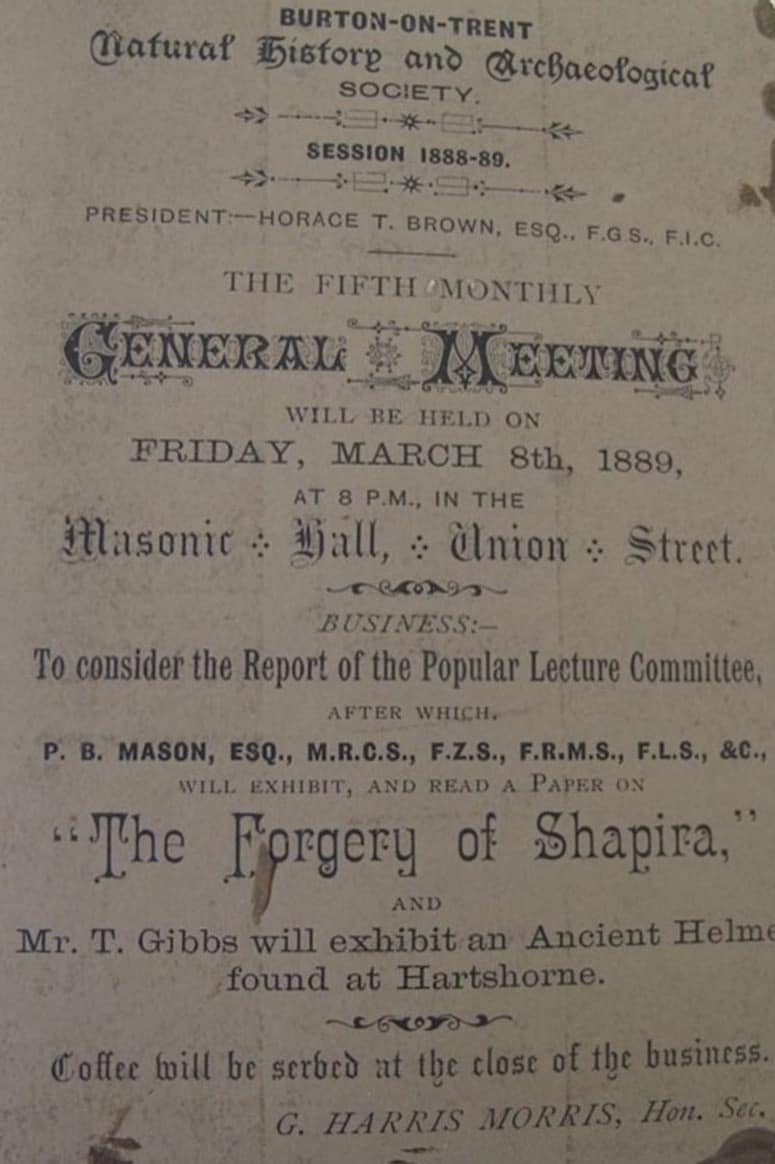
I hope Ross Nichols’s new book can go a long way toward opening an academic discussion on how we might evaluate the Shapira “Dead Sea Scroll,” genuine or forgery–now 120 years after its discovery and 75 years after the Dead Sea scrolls were found in caves in and around Qumran on the Dead Sea. I invite my readers, and especially my academic colleagues, to consider the latest evidence Nichols presents, and yes, to “read the scroll,” translated into English, and in this new critical edition of the Paleo-Hebrew taken from 19th century transcriptions, and see what you think. Having now read all the critical arguments, pro and con, made in the 19th century, I realize the two main objections to the Shapira scrolls being genuine were bogus: namely that such leather writings could not survive for over 2000 years in the Dead Sea area, and that the text of Deuteronomy in the Shapira fragments is just too different from our traditional Masoretic texts. The Paleo-Hebrew texts from Qumran certainly put things in a new light, not to mention the variations in textual traditions of Deuteronomy and other “fixed” biblical books that we now have.
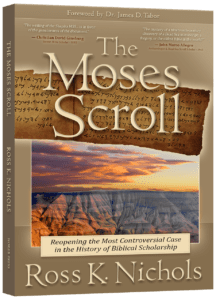
For more information and updates plus an coming archive of all current Shapira documents see: https://themosesscroll.com

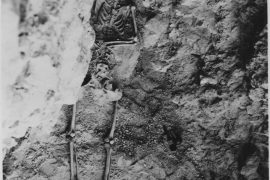

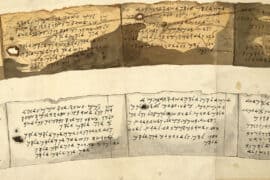

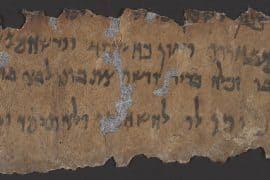

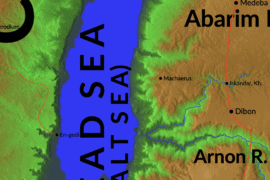
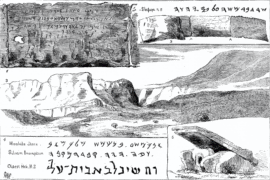
Comments are closed.